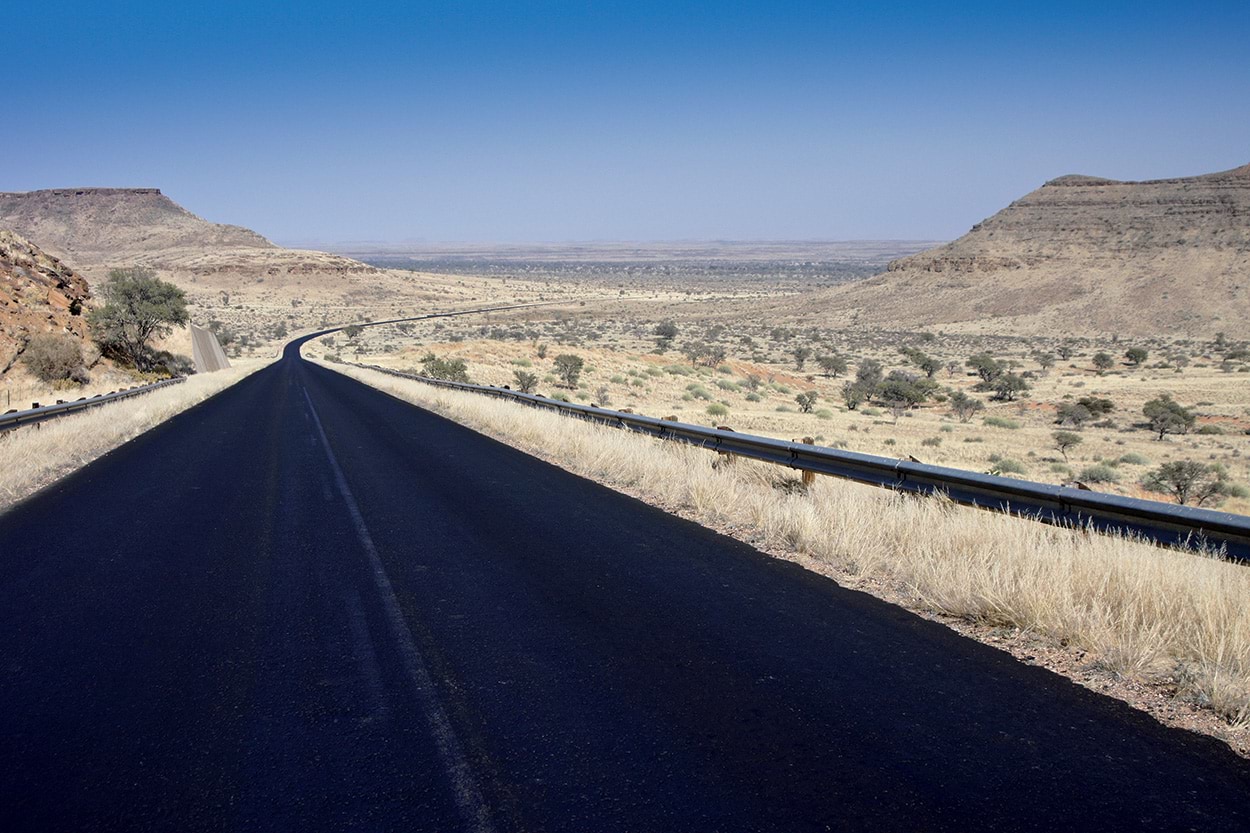Infrastructures, a real driver of growth for Africa
Mapei plans to be a leading player in projects aimed at boosting the continent's transport, energy and real-estate industries.
Mapei plans to be a leading player in projects aimed at boosting the continent's transport, energy and real-estate industries.
There is an ancient Ethiopian proverb that says: “The elephant does not limp when walking on thorns”. For whoever had the opportunity to visit the African continent it is easy to imagine the sunset in the savannah, and the peace at the end of a day as a line of elephants slowly but steadily walk to reach their place. One step after the other, without running but never stopping nor stumbling. Mapei’s road to Africa started in the desert of Dubai almost ten years ago.
At that time the local market of the UAE was badly hit by the effect of the economic crisis which originated in the US. The real estate market, that was enjoying a booming, speculative phase, saw a sharp downturn with residential prices in the Emirate of Dubai falling by more than 50% over a period of a few months. In those days Mapei was opening its brand-new production facility in Dubai Investment Park, the first investment of the Group in the Middle East. Notwithstanding the difficult situation of the market, Mapei has continued to invest in people, infrastructure and innovation following on from the original project and the Dubai-located subsidiary has now become the headquarters for the region.
Today, after ten years of continuous growth, Mapei in Dubai is well equipped with a strong regional team allowing the Group to move towards the African continent. Africa is actually not entirely new to Mapei, as the Group has been already present with a local subsidiary in South Africa since 2009 and in Egypt through Vinavil who manufactures raw materials in Suez. Mapei has also worked on mega projects such as the Grand Ethiopian Renaissance Dam (see the dedicated article in this issue of the magazine). It’s now the time to take further steps forward.
Africa represents a huge opportunity for the Mapei Group. The current population of the Sub-Saharan region is already two times the one living in Europe (only 50 years ago it was exactly Notwithstand the opposite) and experts estimate that it will double in the next 30-40 years reaching two billion people. If one adds the almost 200 million people currently living in North Africa, a picture begins to emerge showing how the world focus is moving South. Overall Africa’s economy continues to strengthen reaching an estimated 3.5% GDP growth in 2018. Looking closer at the continent, Eastern Africa countries are leading this growth reaching +5.7% in 2018 and estimated to exceed +6% by 2020. Northern African countries, with Egypt leading, are following with almost 5% GDP growth in 2018 and expected to be accountable for over 40% of the total African growth in 2019. Their contribution of investments to GDP growth has more than tripled in the last 3 years, reaching almost 50% of the total. An important driver of this growth is represented by the strategy of integration among the different countries in the African continent decided and put forward by several African political leaders: a borderless Africa, more competitive in the global trade and with accelerated growth. African integration means reducing the infrastructural gap, investing in roads, ports, railways, pipelines as well as reducing tariff and non tariff barriers among the members. A number of Trade Agreements and subregion organizations have been signed and created by several African countries like the Common Market for Eastern and Southern Africa (COMESA) or the East African Community (EAC): such agreements have started reducing or even eliminating duties among members but the road for an integrated market is still long. The infrastructural gap in Africa is still huge considering, for example, that Africa’s density of paved road is just one fifth of the world average. For this reason, 40% of the 500 most important projects in the continent are related to transport, accounting for 110 billion US dollars: it is almost the same amount as projects related to energy and real estate. A total value of 330 billion US dollars, 60% of which located in East or North Africa. With the establishment of new subsidiaries in Egypt and Kenya, Mapei wants to be an active player in this development, bringing its quality, technology and technical support to the African construction industry. The road will be full of thorns but, like the Ethiopian elephant, our step will be steady and sure.
Facts & Figures
+3.5%growth in Africa’s GDP in 2018 |
+5.7%growth in the GDP of East Africa in 2018 |
|
|
|||||
|
|
|
|||||||
|
|
|







